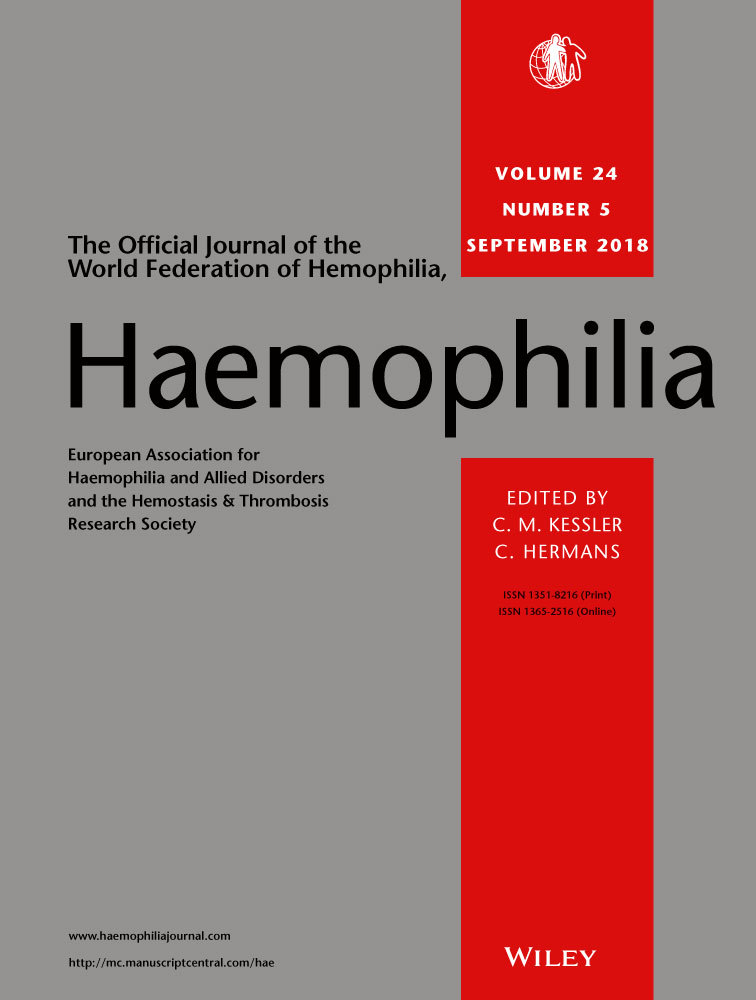Distinguishing lupus anticoagulants from factor VIII inhibitors in haemophilic and non-haemophilic patients
Abstract
Introduction
Accurate diagnosis of an inhibitor, a neutralizing antibody to infused factor VIII (FVIII), is essential for appropriate management of haemophilia A (HA). Low-titre inhibitors may be difficult to diagnose due to high rates of false-positive inhibitor results in that range. Transient low-titre inhibitors and false-positive inhibitors may be due to the presence of a lupus anticoagulant (LA) or other non-specific antibodies. Fluorescence immunoassay (FLI) to detect antibodies to FVIII is a sensitive method to identify inhibitors in HA. Evaluations of antibody profiles by various groups have demonstrated that haemophilic inhibitors detected by Nijmegen-Bethesda (NBA) and chromogenic Bethesda (CBA) assays correlate with positivity for anti-FVIII immunoglobulin (Ig) G1 and G4.
Aim
This study sought to determine whether FLI could distinguish false-positive FVIII inhibitor results related to LAs from clinically relevant FVIII inhibitors in HA patients.
Methods
Samples from haemophilic and non-haemophilic subjects were tested for LA, specific FVIII inhibitors by NBA and CBA, and anti-FVIII immunoglobulin profiles by FLI.
Results
No samples from LA-positive non-haemophilic subjects were positive by FLI for anti-FVIII IgG4. Conversely, 91% of NBA-positive samples from haemophilia subjects were positive for anti-FVIII IgG4. Two of 11 haemophilia subjects had samples negative for anti-FVIII IgG4 and CBA, which likely represented LA rather than FVIII inhibitor presence.
Conclusions
Assessment of anti-FVIII profiles along with the CBA may be useful to distinguish a clinically relevant low-titre FVIII inhibitor from a transient LA in HA patients.




